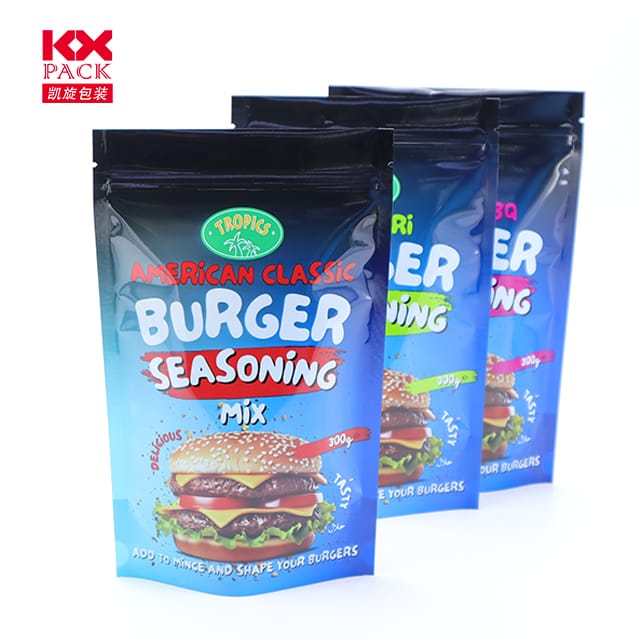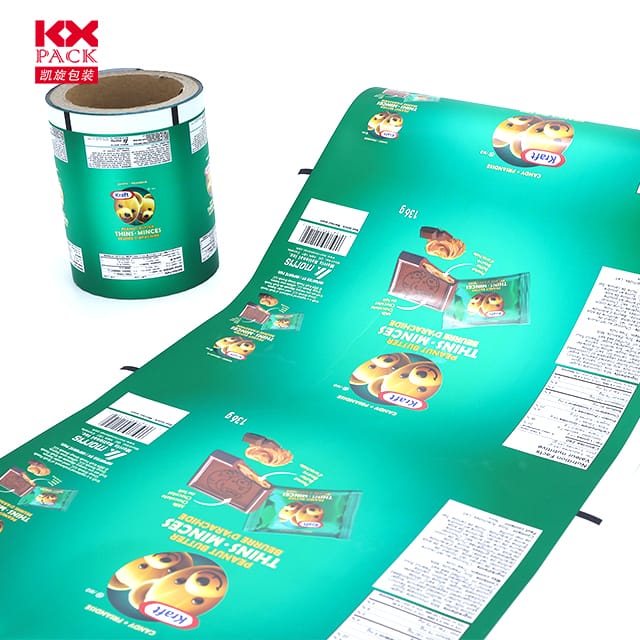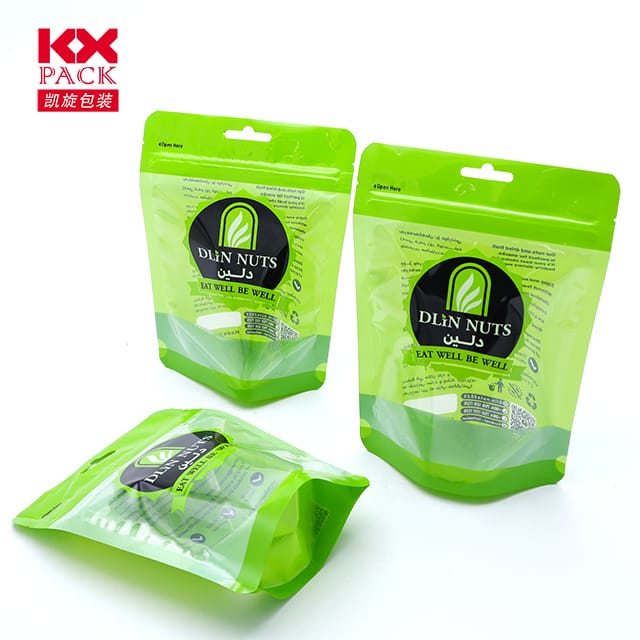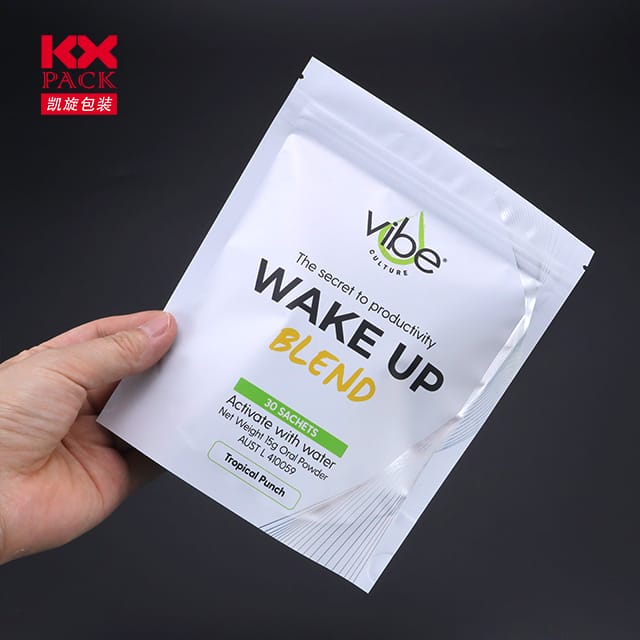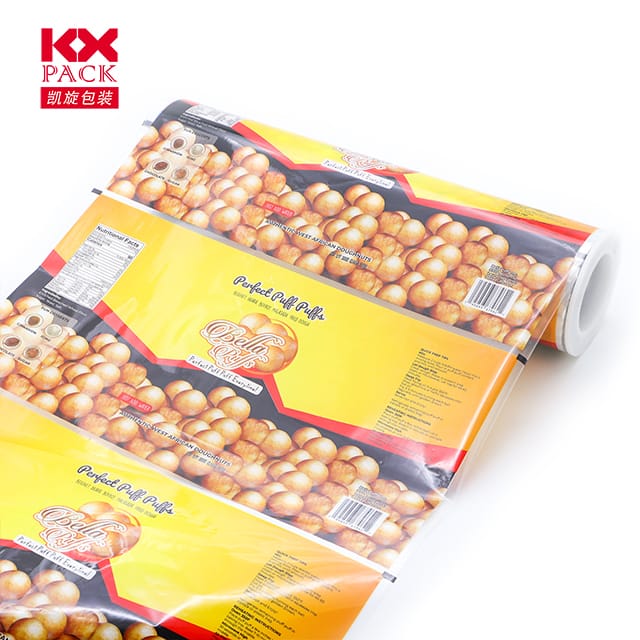The Role and Future of Plastic Packaging Film: Balancing Utility and Sustainability(2)
Plastmasas iepakojuma plēve
Ievads
In a world where convenience and preservation are paramount, plastmasas iepakojuma plēve has become an ubiquitous presence. No svaigiem produktiem līdz elektronikai, this versatile material safeguards goods, extends shelf life, and streamlines supply chains. Tomēr, its environmental impact has sparked global debates. This article explores the multifaceted role of plastic packaging film, its applications, izaicinājumi, and the path toward sustainability.
1. The Versatility of Plastic Packaging Film
Plastic films are engineered for diverse purposes, thanks to their adaptability:
- Types of Films:
- PE (Polietilēns): Flexible, viegls svars, and ideal for food packaging.
- PP (Polipropilēns): Heat-resistant, used for microwave-safe containers.
- PVC (Polivinilhlorīds): Durable and shrink-wrap capable.
- PET (Poliesters): Strong and transparent, often used for beverages and electronics.
- Bioloģiski noārdāmās filmas: Izgatavots no PLA, Pha, or starch-based materials.
- Pieteikumi:
- Food Preservation: Seals freshness, prevents contamination.
- Medical Supplies: Sterile packaging for surgical tools.
- E-Commerce: Protective wraps for fragile items during shipping.
- Lauksaimniecība: Mulch films to enhance crop growth.
2. The Double-Edged Sword: Benefits vs. Environmental Concerns
Pros:
- Cost-Effective: Affordable production and lightweight transportation.
- Barrier Protection: Blocks moisture, skābeklis, and UV light.
- Daudzpusība: Adaptable to various shapes, sizes, and products.
Mīnusi:
- Pollution: Contributes to landfills and ocean plastic waste.
- Non-Biodegradability: Traditional plastics take centuries to decompose.
- Microplastics: Break down into tiny particles, entering ecosystems and food chains.
3. Innovations in Sustainable Packaging
The industry is responding to environmental pressures with cutting-edge solutions:
- Biodegradable Alternatives:
- Pla (Polilaktīnskābe): Derived from corn starch or sugarcane.
- Pha (Polyhydroxyalkanoates): Naturally produced by microbes.
- Seaweed-Based Films: Edible and compostable.
- Aprites ekonomikas modeļi:
- Chemical Recycling: Breaking down plastics into raw materials.
- Recycling Technologies: Advanced sorting systems to improve recovery rates.
- Design Innovations:
- Monomateriālas filmas: Easier to recycle (Piem., 100% PE).
- Minimalist Packaging: Reducing material use without compromising protection.
4. The Role of Stakeholders
Transitioning to sustainable practices requires collaboration:
- Brands: Invest in eco-friendly materials and transparent labeling.
- Consumers: Choose reusable options and support brands prioritizing sustainability.
- Governments: Enforce extended producer responsibility (EPR) laws and ban single-use plastics.
- Innovators: Develop scalable, cost-effective alternatives to conventional plastics.
5. Looking Ahead: A Future Without Waste
The journey toward sustainable plastic packaging is underway, but challenges remain. Galvenās prioritātes ietver:
- Infrastructure Development: Expanding recycling facilities globally.
- Izglītība: Raising awareness about proper disposal and reduction.
- Policy Advocacy: Incentivizing green technologies and penalizing pollution.
Secinājums
Plastic packaging film is a cornerstone of modern logistics, but its environmental toll demands urgent action. By embracing biodegradable materials, circular systems, and collaborative innovation, we can protect both products and the planet. The future of packaging lies not in eradication, but in responsible evolution—where utility and sustainability coexist.
💡Galīgā doma: Every choice matters. The next time you unwrap a product, consider the story behind its packaging. Let’s strive for a world where plastic film is a tool for good, not a burden on Earth.

